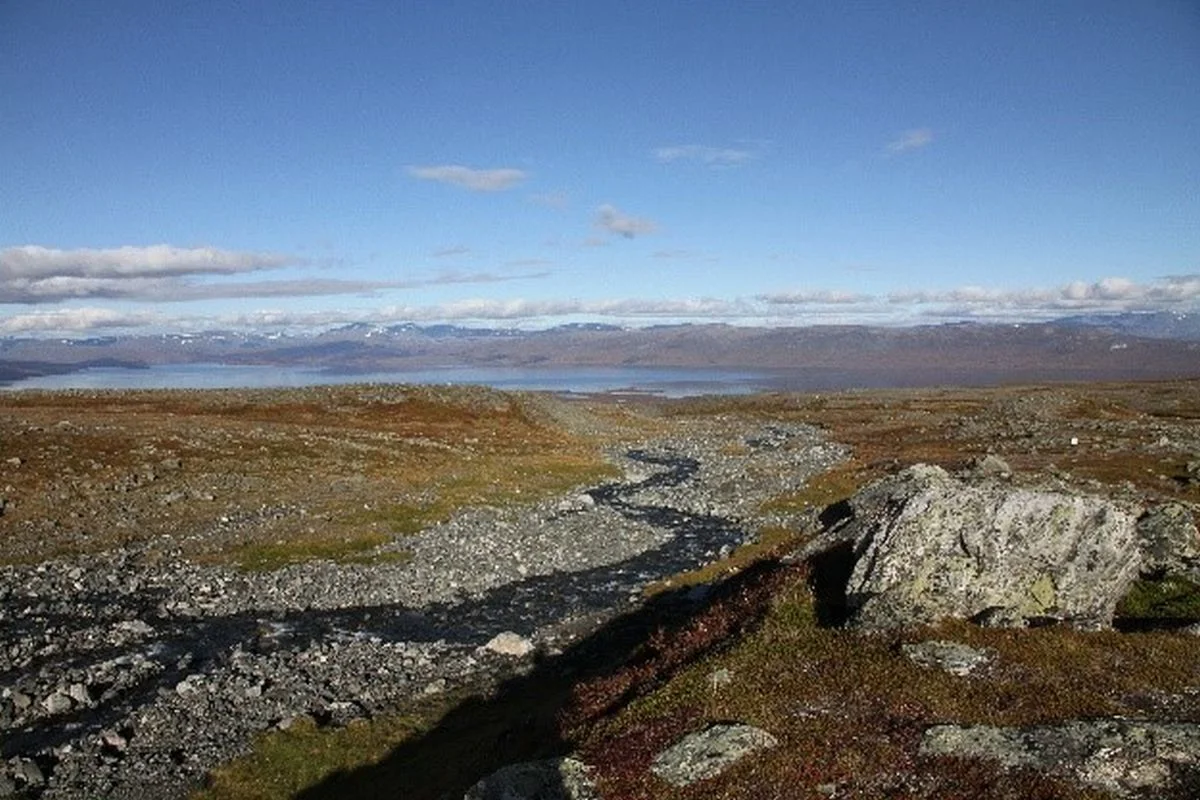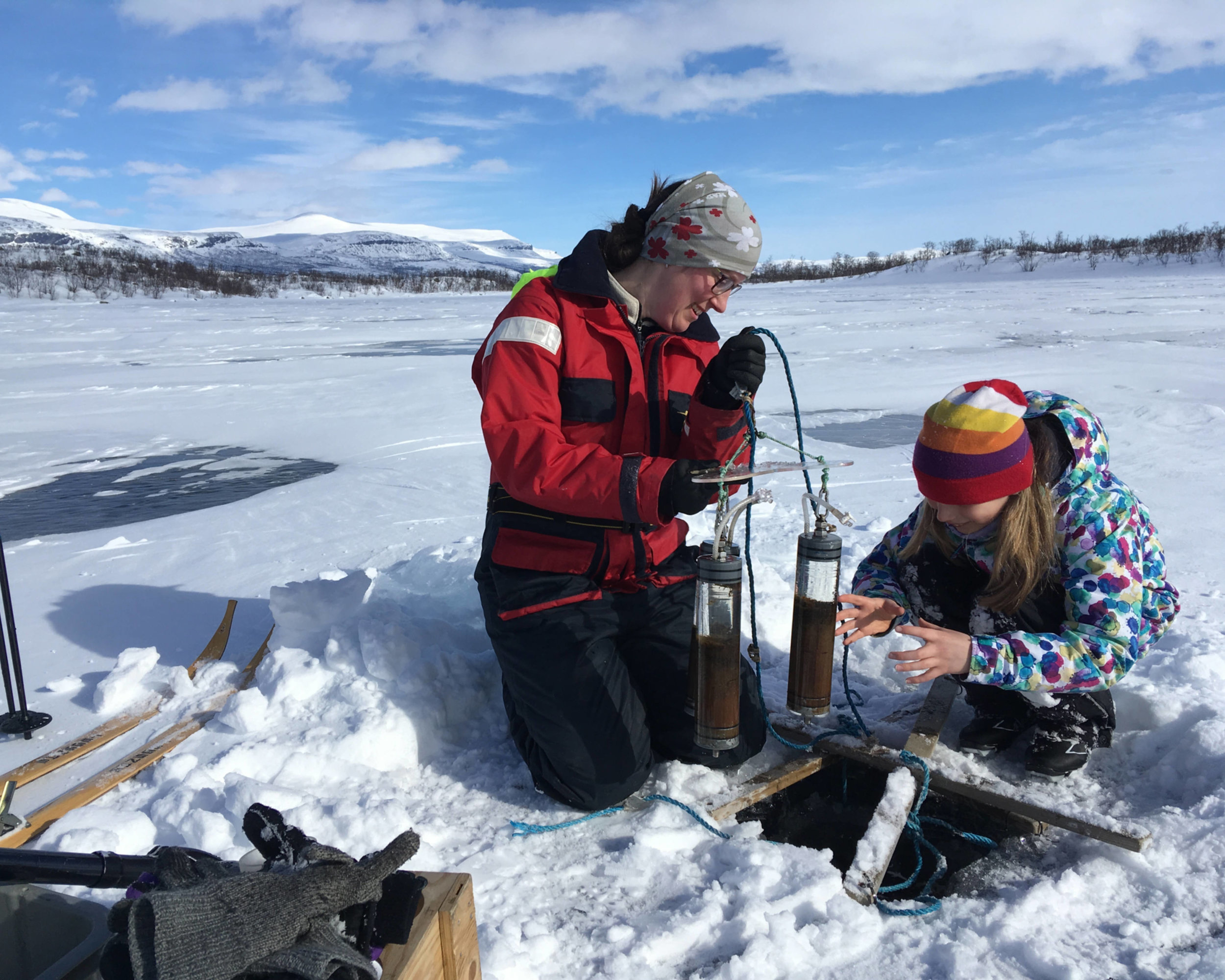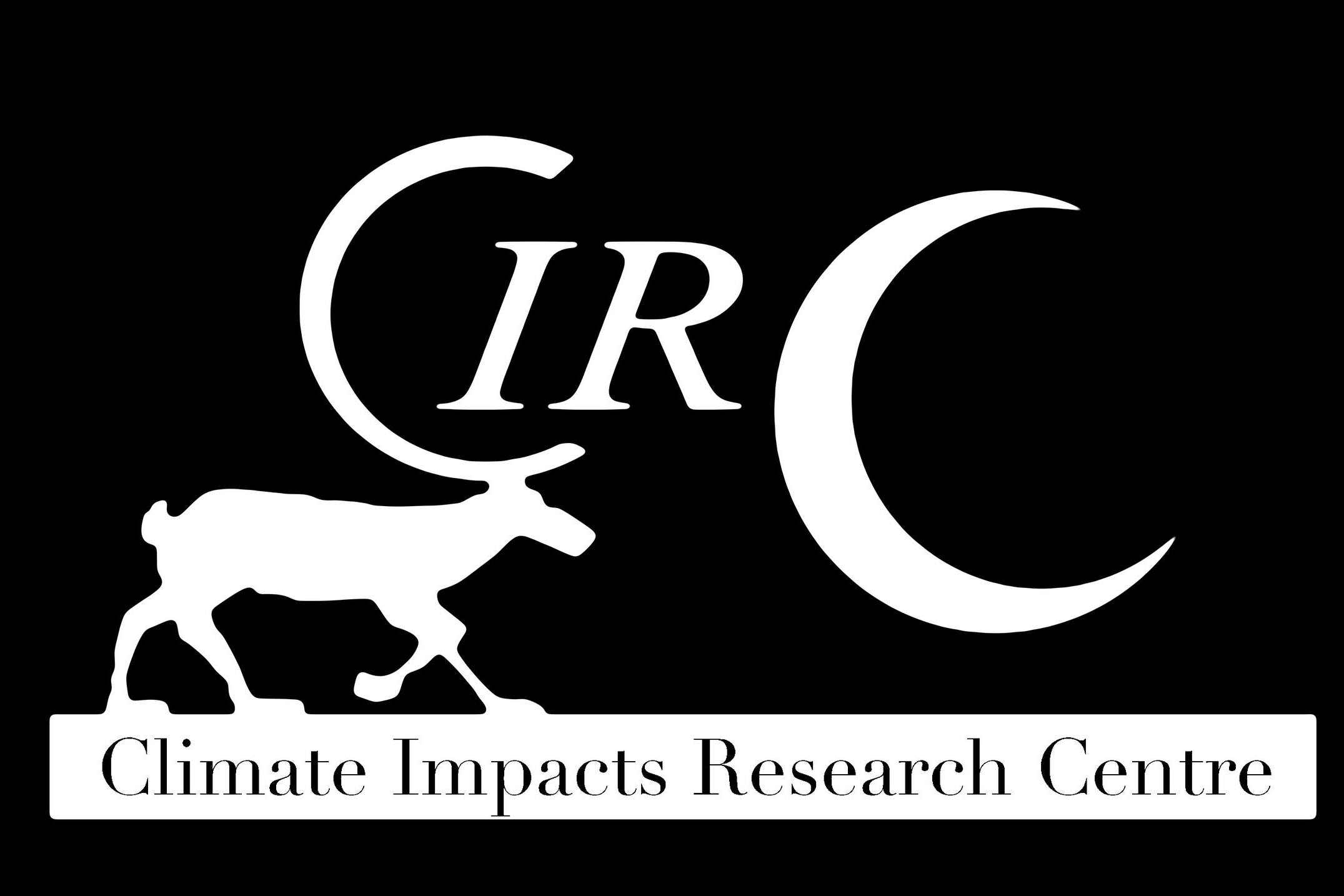This project aims to increase our understanding of how wood ants will influence carbon storage in soil and how climate change will affect their distribution in Arctic ecosystems, building on detailed studies of ants, soil, and vegetation interactions in mountain heaths and mountain forests in the Abisko region.
Big or small fish for harvesting? Effects of ontogenetic habitat shifts and bottlenecks in recruitment
Targeting managers of trout populations, the project will provide tools to predict how different brown trout populations respond to different levels of fishing mortality and different management interventions.
Living soils in the future arctic: Impacts of decomposer interactions on carbon emissions from a micro- to landscape scale
The arctic region not only provides us with beautiful sceneries that sustain reindeer husbandry and harbour unique biodiversity; it provides one of its most important services by storing about twice the amount of carbon that is currently in the atmosphere in its soils. Climate warming will most likely stimulate the release of a large part of the carbon from these soils, which may reinforce climate warming.
Can information preserved in old soils be used to predict future environmental change? Using ancient soil DNA to assess terrestrial ecosystem responses to environmental perturbations
This project aims to develop a new and more subtle proxy, soil ancient DNA, for paleo-ecological studies needed when understanding environmental change working beyond our contemporary monitoring programs.
The invisible carbon: an early indication of ecosystem change!
Streams are sensitive sentinels for environmental change by their integration of processes in terrestrial and aquatic systems. Upland headwater streams in the north Swedish tundra show seasonally exceptional high concentrations of uncolored dissolved organic carbon (DOC) and high carbon dioxide concentrations.
Phosphorus efficient agriculture with arbuscular mycorrhizal fungi
Phosphorus (P) is an essential element for all living organisms, and without P we cannot produce food. Most P that is used in agriculture comes from mines in Northern Africa, which are about to be depleted.
Changing ice-cover regimes in a warmer climate: Effects on northern aquatic ecosystems
Changing ice-cover regimes in a warmer climate: Effects on northern aquatic ecosystems
Ice Sampling at Lake Almberga
Project summary
Collaborators
Erin Hotchkiss, Virginia Polytechnic Institute and State University
Rolf Vinebrooke, University of Alberta
Funding
Formas
EcoChange
Project Dates
2017 - 2020
Fingerprints of change: Abisko plants and phenology
Our citizen science project focuses on the much-beloved signs of seasonal change – the emergence of leaves in the spring, the start of flowering, when berries are ripe for picking, and autumn leaf colours. Our project is inspired by the works of a few key botanists who helped put Abisko on the map 100 years ago, who established a transect from the summit of Mt Nuolja, which we use today.
Monitoring and management of Arctic lakes in a changing climate
The purpose of this study is to improve knowledge and monitoring of climate impacts on Arctic lakes. Specific aims include to quantify and provide threshold variables for climate change-induced regime shifts in fish resource use and production, and to develop tools and guidelines to be used in monitoring programs.
Taking the pulse of Swedish rivers: using metabolism to monitor ecosystem responses to environmental change
Taking the pulse of Swedish rivers: using metabolism to monitor ecosystem responses to environmental change
Project Summary
Streams and rivers carry out multiple ecosystem services that respond to and integrate natural and anthropogenic perturbations across landscapes. In northern regions, a critical aspect of this ‘integration’ involves the regulation of carbon (C) transfer from land to the atmosphere and sea. In this context, the degree to which streams and rivers transform terrestrial organic carbon (OC) and act as sources of CO2 to the atmosphere is subject to much current debate. National monitoring programs have the potential to shed light on this issue, yet these efforts rarely assess aquatic ecosystem processes. As a solution, we propose adding high frequency measurements of dissolved oxygen (DO) to current monitoring programs, which allow for the calculation of fundamental metabolic rates at daily time scales. Such measures reveal the ‘pulse’ of biological activity in running waters with the temporal resolution needed to capture changes in the degradation of terrestrial OC and CO2 production and fixation in response to diverse environmental changes. The goals of this research are to 1) determine how the rates and patterns of metabolism in Swedish rivers are shaped by regional climatic gradients and anthropogenic stressors, 2) Quantify the extent to which streams and rivers in arctic, boreal, and hemi-boreal zones degrade terrestrial OC, and contribute to CO2 evasion, and 3) Advance a simple and cost efficient method to assess metabolism that will complement current monitoring programs in Sweden by adding functional metrics
Collaborators
Jan Karlsson, Umeå University
Erin Hotchkiss, Virginia Polytechnic Institute
Hjalmar Laudon, Swedish University of Agricultural Sciences, Umeå
Funding
Formas
Groundwater discharge: a hidden driver of greenhouse gases (CO2 and CH4) emissions from lakes
This project will provide the first quantification of both spatial and temporal variations in permafrost groundwater discharge (PGD) and its importance for both the C cycle and the quality of surface waters.
Arctic citizen science: snow and plant phenology in a changing climate
Arctic citizen science: snow and plant phenology in a changing climate
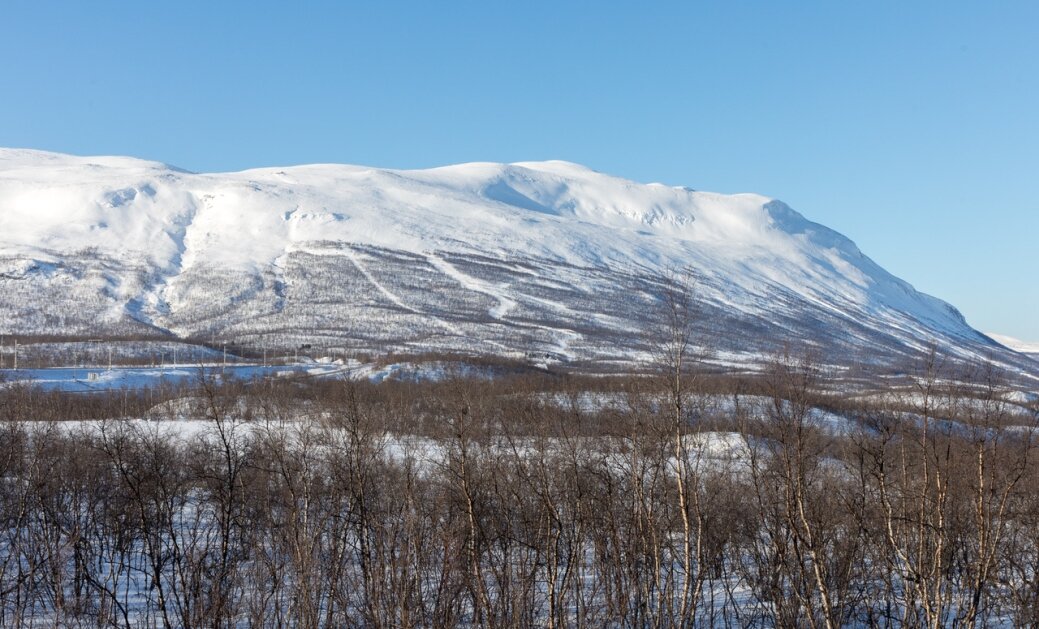
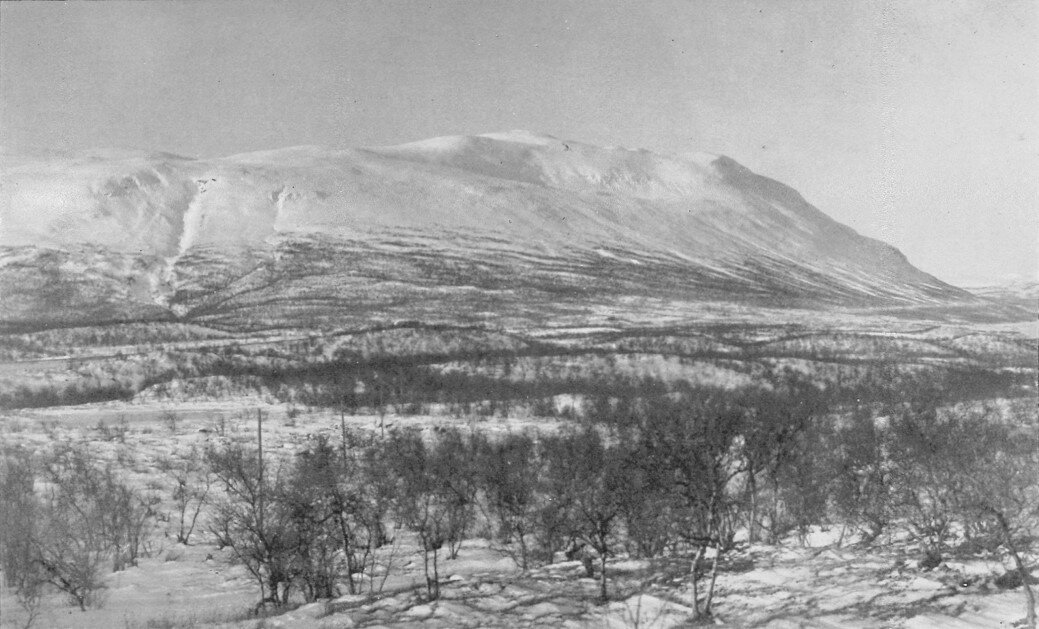
Project Summary
As scientists a major challenge of our time is to understand and predict effects of climate change on ecosystems and the services they provide to humanity. A larger and possibly more important challenge is to increase the awareness of the importance of these processes and to get the vital to support of citizens, policy and decision makers for adaptation, mitigation and management schemes. Arctic regions are of special concern in future climate-warming scenarios, because the air temperature increase is predicted to be amplified towards the north where sensitive ecosystems experiences significant change and exert strong feedback effects on the global climate system.
The aim of the project is to reach out to the visitors of Abisko, involve them in a climate research project and use this interaction to communicate how we do climate research. Specifically, we will develop an existing study site into a citizen science trail, adjacent to the Abisko Scientific Research Station and the naturum Abisko in collaboration with the Swedish National Phenology Network and their nation-wide monitoring tool Naturens kalender. As the trail follows an elevational, and thereby a strong climatic gradient, it will offer a concrete illustration of climate effects on plants, snow and the possible effects climate change.
The existing study site was originally established between 1917 and 1919 by Swedish botanist Thore C. E. Fries as an elevational-transect comparing snowmelt dates with plant phenology. Starting in 2017 Climate Impacts Research Centre scientists will replicate Fries’ study to determine how the observed climate changes in the region have affected both snow cover and plant phenology. The new study will incorporate cutting-edge climate stations and phenology cameras to allow us to analyse our results using modern multivariate approaches.
To increase the impact of the new study we will implement a citizen science phenology project along the same trail. The citizen science phenology project will include a citizen science phenology mobile application developed in collaboration with existing Naturens kalender app as well as PicturePosts and PhenoCam projects to allow citizen scientists to contribute observations and phenology photos and get near-real time feedback through innovative mobile and web interactive applications. In addition to providing this novel way of directly interacting with and contributing to climate change research project in the Arctic as “citizen scientists”, we will communicate specific and general research results in relation to climate change effects in the Arctic. The project will utilize many unique aspects of the Abisko region, a hot spot for both tourism and world class research. The science trail targets both Swedish and international visitors and through the international phenology networks we can guide the visitors to participate in similar kinds of citizen science based phenology monitoring back home. An interdisciplinary working group of international scientists and stakeholders actively engaged in Arctic nature conservation and science will develop the project.
Collaborators
Magnus Augner, Abisko Scientific Research Station, Swedish Polar Research Secretariat
Håkan Grudd, Abisko Scientific Research Station, Swedish Polar Research Secretariat
Kjell Bolmgren, Naturens Kalender, Swedish University of Agricultural Sciences
Lo Fischer, naturum Abisko, County Administrative Board/ Länsstyrelsen Norrbottens län
Jan Karlsson, Umeå University
Funding
Climate Impacts Research Centre
FORMAS
Network: Warming and (species) Removal in Mountains (WaRM)
In WaRM we study community and ecosystem responses to the direct and indirect effects of warming in a coordinated project that combines experimental warming and dominant plant species removal at high and low elevations among 10 globally-distributed gradients.





